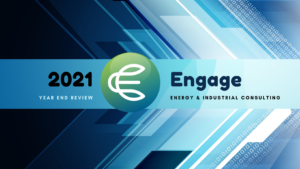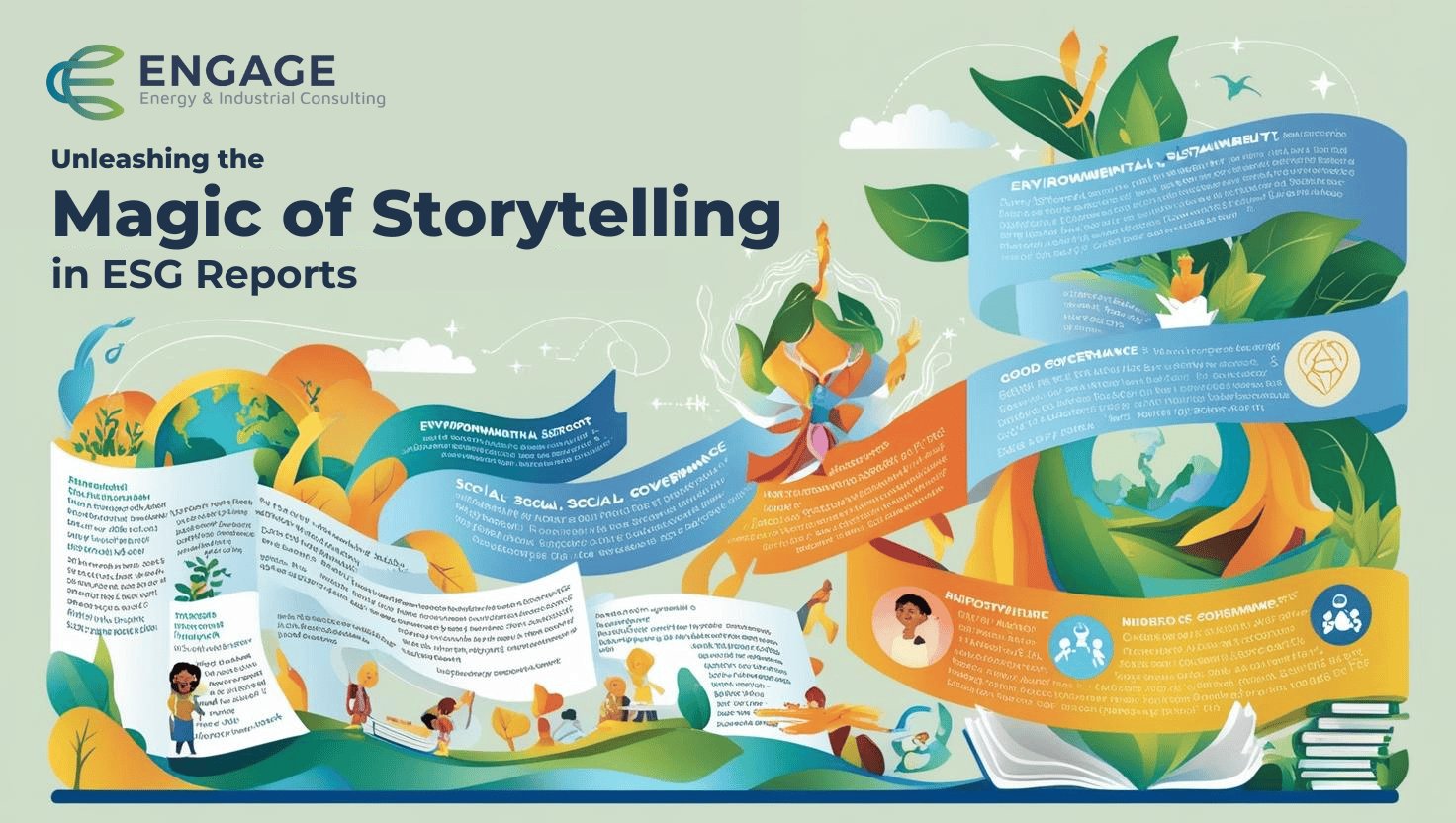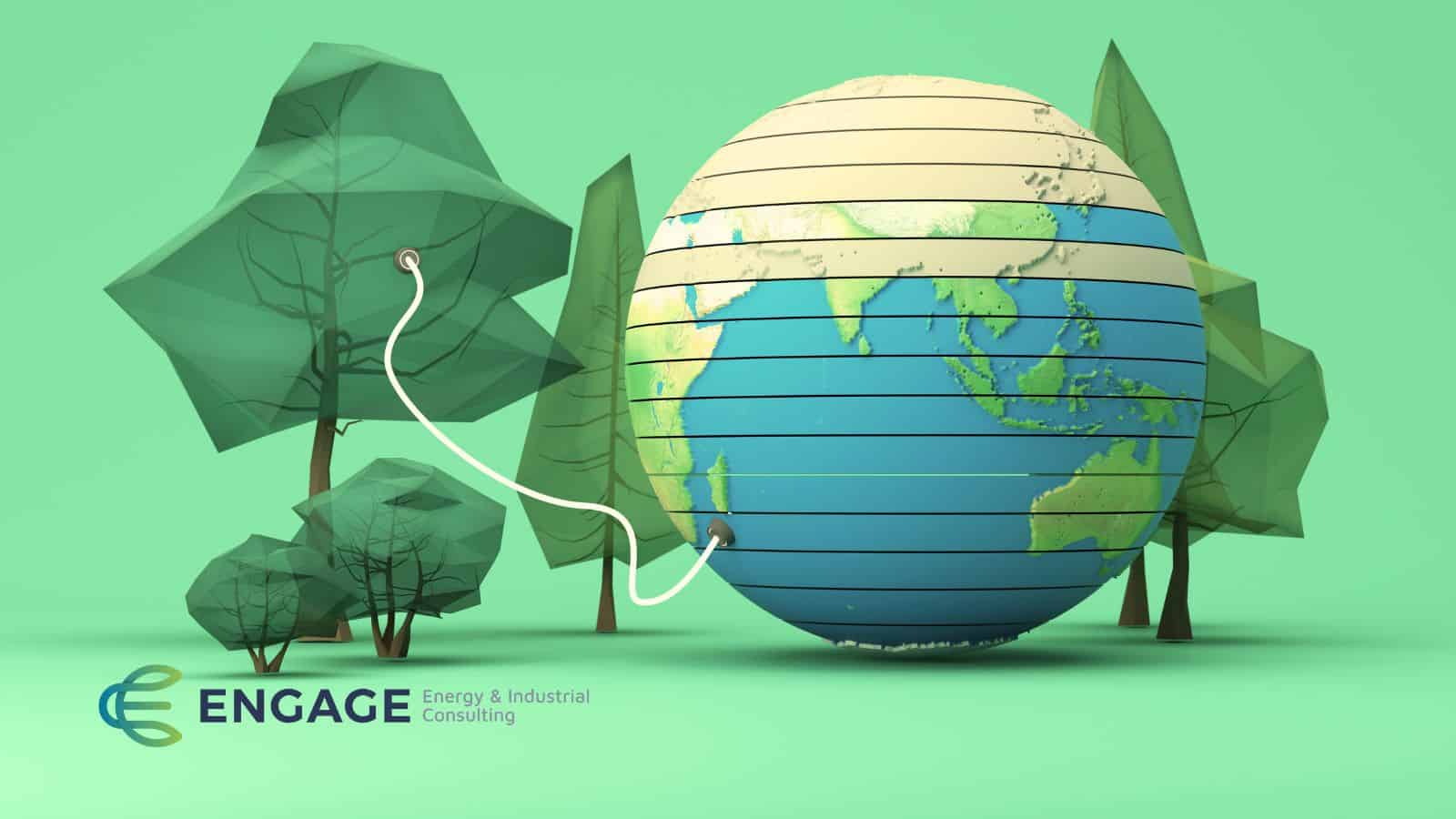If 2021 could be summed up in one word it would be STRESS. People are stressed, supply chains are stressed, and our ability to make meaningful progress has been stressed. If we have one wish for 2022 it is that the release valve for some of this stress will be turned on, providing some much-needed relief.
Our goal with this year-end update is to share our thoughts on some the most significant stressors impacting our clients work in Business Resilience, Sustainability, and Environmental, Social, and Governance (ESG). We are going to focus on:
- Chronic Workplace Stress
- Supply Chain Stress
- Sustainability and Stress
Chronic Workplace Stress – Burnout
Perhaps the most profound issue we are watching in the marketplace has been the absence of skilled labor. According to the Wall Street Journal, “In the first 10 months of this year, American workers handed in nearly 39 million resignations, the highest number since tracking began in 2000.” The primary reason for this mass exodus from the workforce is not retirements, but chronic workplace stress. Companies have spent decades working to reduce costs, eliminate waste, re-engineer inefficient processes, and deploy technology. The financial results may have benefited the company, but the resulting impact on company cultures and employee’s wellbeing is proving unsustainable. Chronic workplace stress or “burnout” will only get worse as the people remaining are left to bear the brunt of continuing to do more with less. The Covid-19 pandemic and its impact on our work served to fuel an already combustible problem.
It may be years before we fully understand the impact of the anxiety and grief from the pandemic. Remote work, loss of social interaction, mass resignations, age related attrition, all happening at the same time has stressed all of us. Business must take proactive measures to ensure that the workforce who remain are nurtured and protected physically and mentally. Dealing with chronic workplace stress through strong wellness policies and programs must be a priority for your business. If it is not already, chronic workplace stress will prove to be one of the most significant risks to the success and resilience of your business. This issue touches each element of sustainability – Environmental, Social, and Governance.
Supply Chain Stress
The global supply chain worked relatively well prior to COVID-19, raw material and products were efficiently moved via containers around the world on ships, planes, trains, and trucks. Businesses relied on just-in-time inventory to minimize waste, inventory, and expenses. The result of this, is that even small stresses like weather and factory downtime can cause disruptions to those supply chains. The Covid-19 pandemic caused a total meltdown to the global supply chain, stressing businesses to the brink. We do not expect a solution to these problems in 2022 as the Covid-19 Omicron variant spreads and adds additional stress. We will continue to see depleted inventories, material shortages, and bare shelves. To exacerbate the issue, many of those containers making their way to the U.S. don’t have a way to get back home from where they were produced. Lack of labor, congestion at the ports, complicated customs procedures, and a host of other issues are to blame. The shortage has quadrupled the price of containers over the past year, which in turn contributes to higher consumer prices.
According to Moody’s, “From port congestion and price spikes to widespread shortages, stress in US supply chains is intensifying and could slow the economy in the coming months. One example is a record 100 cargo vessels, from barges to container ships, are anchored outside the Ports of Los Angeles and Long Beach carrying approximately 200,000 shipping containers. The problem is repeated across ports all over the globe. This will not get fixed in 2022. As Covid-19 continues to be a problem we can expect to see the stress on supply chains continue.
Sustainability and Stress
If you are like most of our clients, you have been bombarded with confusing and often conflicting information about the field of Sustainability and Environmental, Social, and Governance (ESG) reporting and what it means for your business.
Recent events from the United Nations (UN) Climate Change Conference “COP26” (Oct 31st, 2021 – Nov 12th, 2021) held in Glasgow Scotland may help to alleviate some of this stress. These annual summits work to address the issue of climate change. COP stands for Conference of the Parties, and the summit was attended by the countries that signed the United Nations Framework Convention on Climate Change (UNFCCC) – a treaty that came into force in 1994. These COP’s have produced action plans such as the Kyoto Protocols (Kyoto, 1997), and The Paris Climate Agreement (Paris, 2015).
This year in Glasgow provided a significant shift, and greater insight into in how companies will disclose and report ESG issues going forward. The conference worked to clarify some of the confusion around ESG reporting. During the conference, the International Financial Reporting Standards (IFRS) foundation trustees announced three key developments to provide global financial markets with guidance on global climate and sustainability reporting requirements:
- The formation of a new International Sustainability Standards Board (ISSB). The intention is for the ISSB to deliver a comprehensive global baseline of sustainability-related disclosure standards that provide investors and other capital market participants with information about companies’ sustainability-related risks and opportunities to help them make informed decisions.
- Commitment by leading sustainability disclosure organizations to consolidate. This includes the Climate Disclosure Standards Board (CDSB), and the Value Reporting Foundation which leads the Global Reporting Initiative (GRI) integrated reporting framework, and the Sustainability Accounting Standards Board (SASB) standards. The organizations will complete their consolidation in June of 2022.
- The publication of a prototype climate and general disclosure requirement document. This will be accomplished through a working group pulling in organizations such as:
- International Accounting Standards Board (IASB)
- Financial Stability Board’s Task Force on Climate-related Financial Disclosures (TCFD)
- The World Economic Forum (Forum)
- International Organization of Securities Commissions (IOSCO)
So, what does this mean? Simply, these three initiatives will serve as the foundation for the development of a global reporting standard that organizations will be required to comply with. By mid-2022 we should see further clarity on the specifics. The U.S. Securities and Exchange Commission (SEC) is preparing to step in to bring clarity, credibility, and transparency to ESG investments in the U.S. to provide clear standards for ESG data, what ESG issues are financial relevant, and for what qualifies as an ESG Investment.
We believe that many publicly traded companies, large private businesses, and private equity funds will feel tremendous stress to adapt their business models to focus on Sustainability and ESG initiatives and reporting. This stress will be pushed into their supply chains impacting the middle market and small businesses that serve them. This will force companies that do not have an ESG program and/or have not reported ESG efforts previously, to do so.
Conclusion
The stress on you, your workforce, and your business will continue well into 2022. Our recommendation, like the primary tool of any great coach, is to build a playbook. Your Business Resilience, Sustainability, and ESG playbook should serve to document the strategy and execution steps to implement your strategy and reach your goals. Coaches rely on assistant coaches and advisors to validate the strategy, coach on areas of specific knowledge, and motivate team members to execute at their highest level of performance. We hope you will use 2022 as an opportunity to assess your Business Resilience, Sustainability, and ESG readiness by contacting us. We will Engage with you to build your playbook for success.





